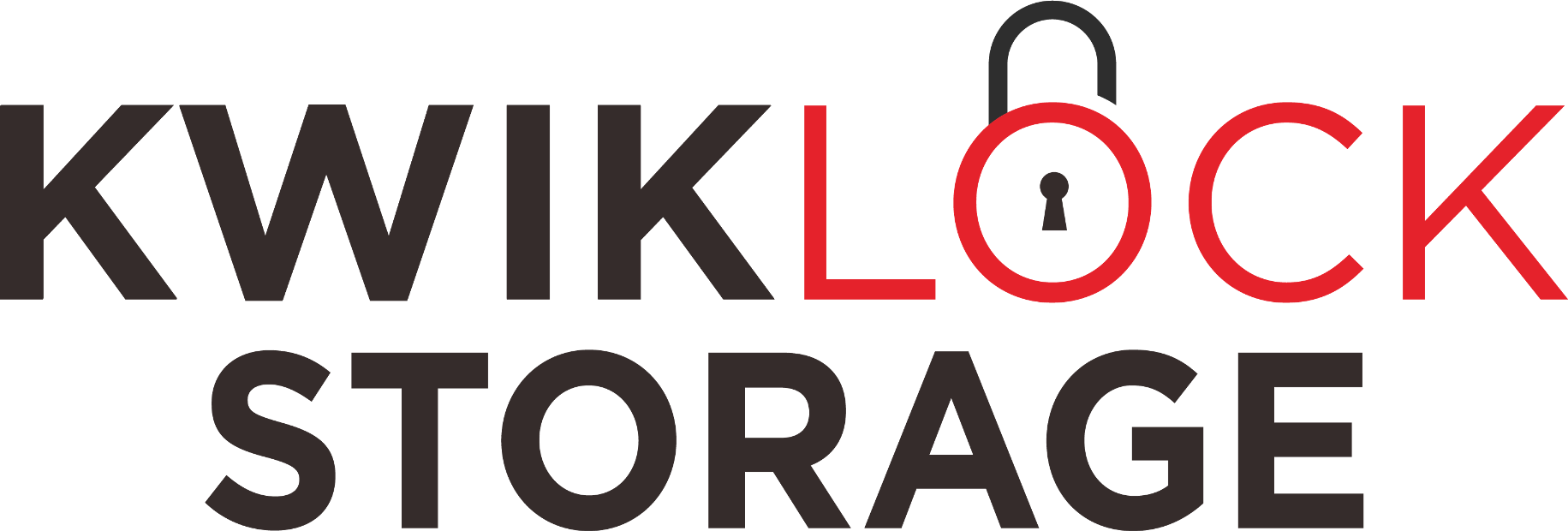Preparation for Self Storage: Consider Storage Insurance
When you rent a self storage unit, ensuring the safety and security of your belongings is a top priority. While self storage facilities take measures to provide a secure environment, unforeseen events can still occur. That's where storage insurance comes into play. In this article, we'll explore the importance of storage insurance, including tenant protection options like Safelease, and compare it to traditional insurance. Understanding your insurance options will help you make an informed decision when it comes to safeguarding your stored items.
The Need for Storage Insurance
Storage insurance provides an added layer of protection for your belongings while they are stored away. Even the most secure facilities can be susceptible to events like theft, fire, or natural disasters. Having insurance in place ensures that you're financially covered in case of any unfortunate occurrences.
Understanding Tenant Protection: Safelease
Many self storage facilities offer tenant protection programs like Safelease. Safelease is an affordable alternative to traditional storage insurance that covers your stored items against loss or damage. It typically provides coverage for a wide range of risks, including theft, fire, water damage, and natural disasters. Safelease is specifically designed for self storage, making it a convenient and reliable option for tenants.
Comparing Storage Insurance and Traditional Insurance
Storage insurance, such as Safelease, is designed specifically for self storage needs. It offers tailored coverage and often comes at a lower cost compared to adding an additional rider or policy to your existing homeowners or renters insurance. While traditional insurance may provide some coverage for stored items, it's essential to review the policy's limitations, deductibles, and exclusions. Storage insurance provides a dedicated and comprehensive solution for protecting your belongings while in storage.
Evaluating Coverage Options
When considering storage insurance, carefully evaluate the coverage options available. Look for policies that offer comprehensive coverage for various risks, including damage caused by temperature or humidity fluctuations. Take note of coverage limits, deductibles, and any exclusions that may apply. It's also important to understand the claims process and the documentation required in case you need to file a claim.
Assessing the Value of Your Stored Items
Before choosing storage insurance, assess the value of your stored items. Make a detailed inventory of the items you'll be storing and assign accurate values to each item. This will help you determine the appropriate coverage amount and ensure you're adequately protected.
Reading the Fine Print
As with any insurance policy, it's crucial to read the fine print and understand the terms and conditions of the storage insurance. Pay attention to coverage limits, exclusions, claim procedures, and any additional fees that may apply. If you have any questions or concerns, don't hesitate to reach out to the self storage facility or insurance provider for clarification.
Consulting with Insurance Professionals
If you're unsure about the coverage options or have specific insurance requirements, consider consulting with insurance professionals. They can provide guidance tailored to your individual needs and help you make an informed decision about the right insurance coverage for your stored belongings.
Coverage Extensions
Some storage insurance policies offer optional coverage extensions that you can consider based on your specific needs. These extensions may include coverage for high-value items, specialty items like artwork or antiques, or additional protection against specific risks like floods or earthquakes. Assess whether these extensions are necessary for your stored belongings and inquire about them when choosing a storage insurance policy.
Policy Exclusions
Storage insurance policies may have certain exclusions that you should be aware of. Common exclusions include damage caused by pests, wear and tear, gradual deterioration, or illegal activities. Understanding these exclusions will help you take necessary precautions to prevent potential issues and ensure you have alternative coverage if needed.
Updating Your Coverage
As your storage needs evolve, it's important to review and update your storage insurance coverage accordingly. If you add or remove items from your storage unit, or if the value of your stored items changes significantly, consider adjusting your coverage to ensure adequate protection. Regularly reviewing your policy and making updates will help you maintain appropriate coverage levels.
Documenting Your Belongings
Before placing your items in storage, document them through photographs, videos, or written descriptions. This documentation serves as evidence in case you need to file a claim. Store the documentation in a safe place outside of your storage unit, such as a cloud storage platform or with a trusted friend or family member.
Combining Insurance and Security Measures
While storage insurance provides financial protection, it's also essential to take security measures to prevent theft or damage. Choose a reputable self storage facility with advanced security features such as surveillance cameras, access control systems, and well-lit premises. Additionally, use sturdy locks and consider utilizing security seals on boxes to deter tampering. Combining insurance with robust security measures creates a comprehensive approach to safeguarding your stored items.
Investing in storage insurance is a crucial step in protecting your belongings while they are in self storage. By considering storage insurance options, such as tenant protection plans like Safelease, and understanding the key differences between insurance and facility coverage, you can ensure that your stored items are adequately protected against unforeseen events. Remember to carefully assess the coverage options, policy terms, and exclusions to select the best insurance solution for your needs. Don't forget to document your belongings and implement security measures to further enhance the safety of your stored items. With the right storage insurance in place and proactive measures taken, you can have peace of mind knowing that your cherished possessions are safeguarded during their time in storage.
